The live hog market nationwide this morning (October 21, 2025) witnessed a clear differentiation in price trends between regions. While the North saw local price increases, the South recorded a slight decrease in many places, while the Central Highlands - Central region maintained a stable state.
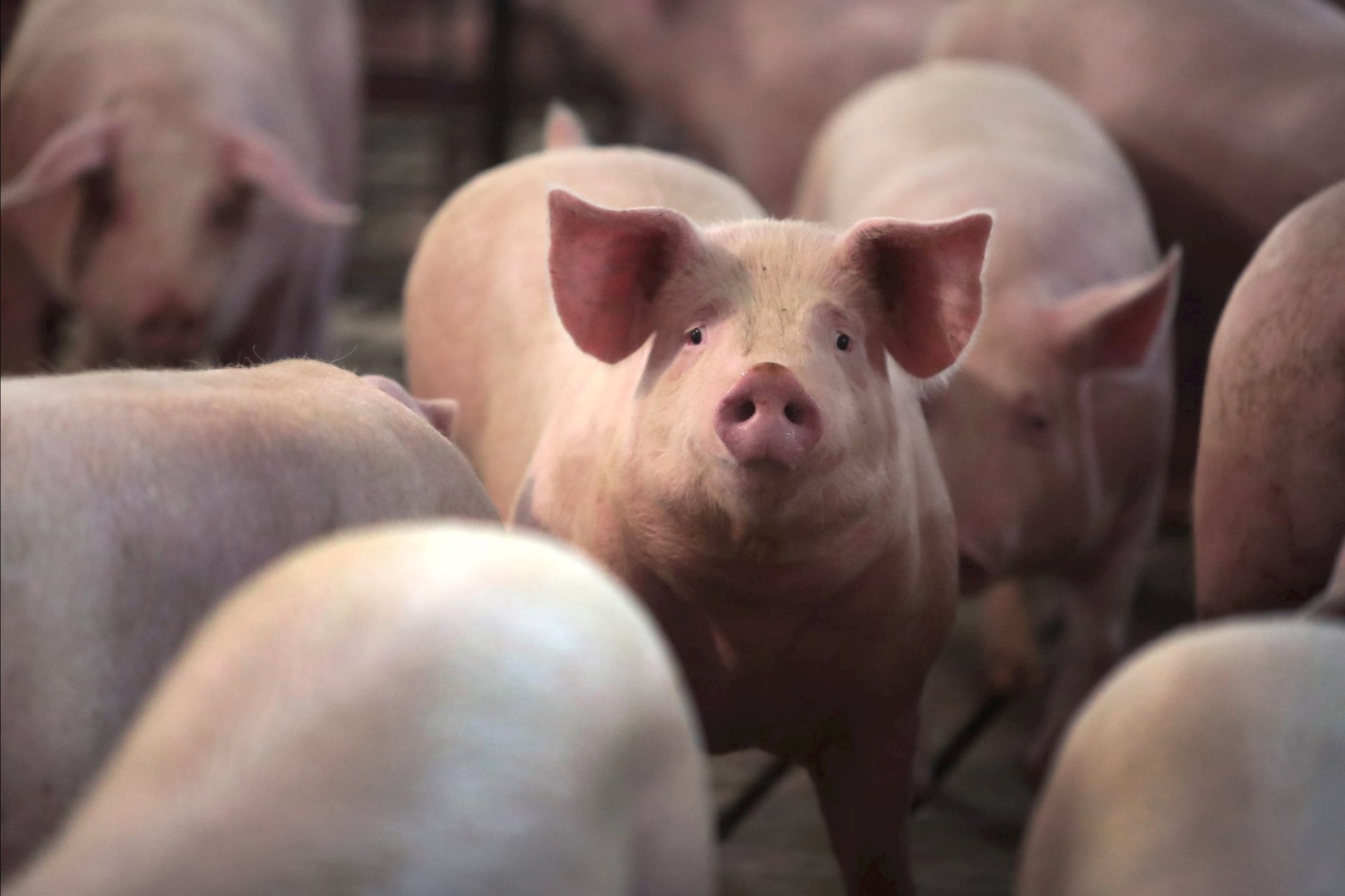
Northern region: Two provinces 'slightly accelerated', common price 52,000 - 54,000 VND/kg
A slight green color appeared in the Northern pig market when Thai Nguyen and Bac Ninh both increased by 1,000 VND/kg, bringing the price in these two localities to 54,000 VND/kg.
This is also the ceiling price of the region, maintained in other key provinces such as Hanoi , Hai Phong, Ninh Binh and Hung Yen.
On the other hand, many provinces and cities are still trading around 53,000 VND/kg, including Tuyen Quang, Cao Bang , Lang Son, Quang Ninh, Lao Cai, Dien Bien, Phu Tho and Son La. Notably, Lai Chau is still the locality with the lowest price in the whole region, closing at 52,000 VND/kg.
Pig prices in the North are fluctuating within the range of 52,000 - 54,000 VND/kg.
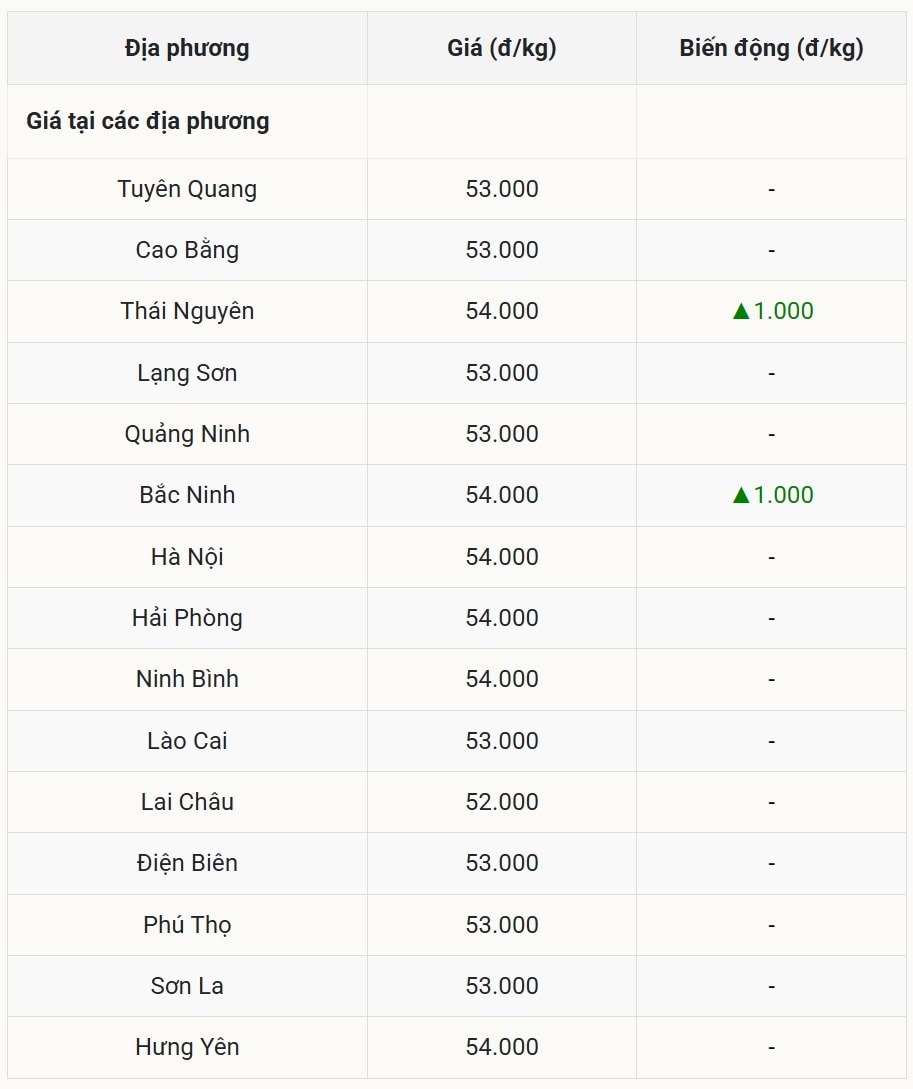
Central Highlands: 'Maintain position', no fluctuations
In contrast to the North, the Central and Central Highlands markets continued to move sideways, maintaining the price level set from the previous session.
Thanh Hoa and Nghe An provinces lead the region with a price of 53,000 VND/kg. Ha Tinh, Hue and Lam Dong follow with a purchase price of 52,000 VND/kg.
The price range of 51,000 VND/kg was recorded in Quang Tri, Da Nang, Quang Ngai and Khanh Hoa. Meanwhile, Gia Lai and Dak Lak remained at the lowest level in the region at 50,000 VND/kg.
The price of live pigs in the Central Highlands is currently between 50,000 - 53,000 VND/kg.
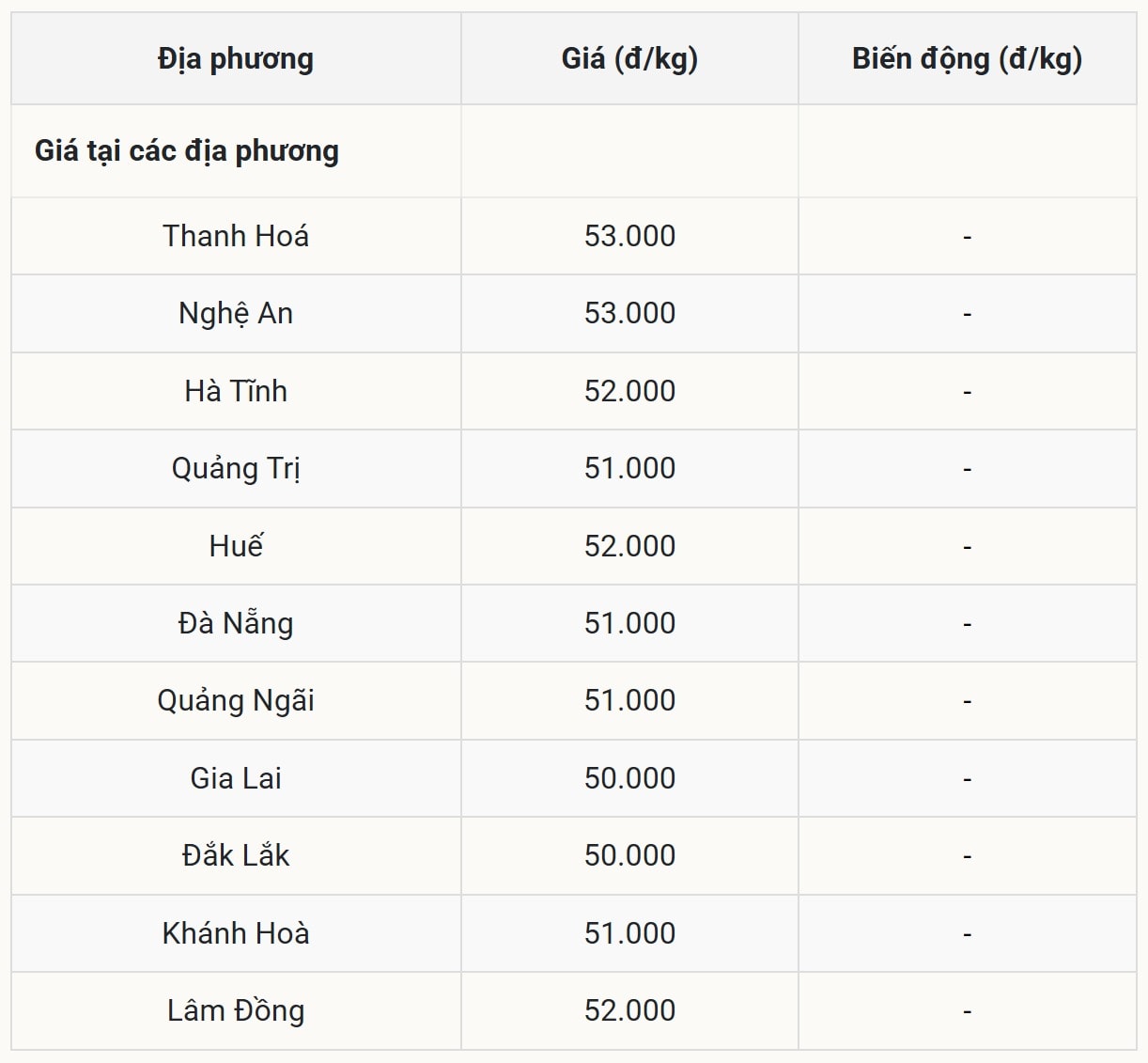
Southern region: Price reduction pressure, Vinh Long hits bottom at 49,000 VND/kg
The southern region recorded the sharpest decline in the country. The widespread downward pressure forced many localities to cool down.
Specifically, Dong Nai, Tay Ninh and Ho Chi Minh City simultaneously reduced the price by 1,000 VND/kg, bringing it down to 52,000 VND/kg.
Dong Thap, Can Tho and Ca Mau provinces maintained the level of 50,000 VND/kg. An Giang traded at 51,000 VND/kg. Notably, Vinh Long continued to be the center of the decline, maintaining the lowest level in the country at only 49,000 VND/kg.
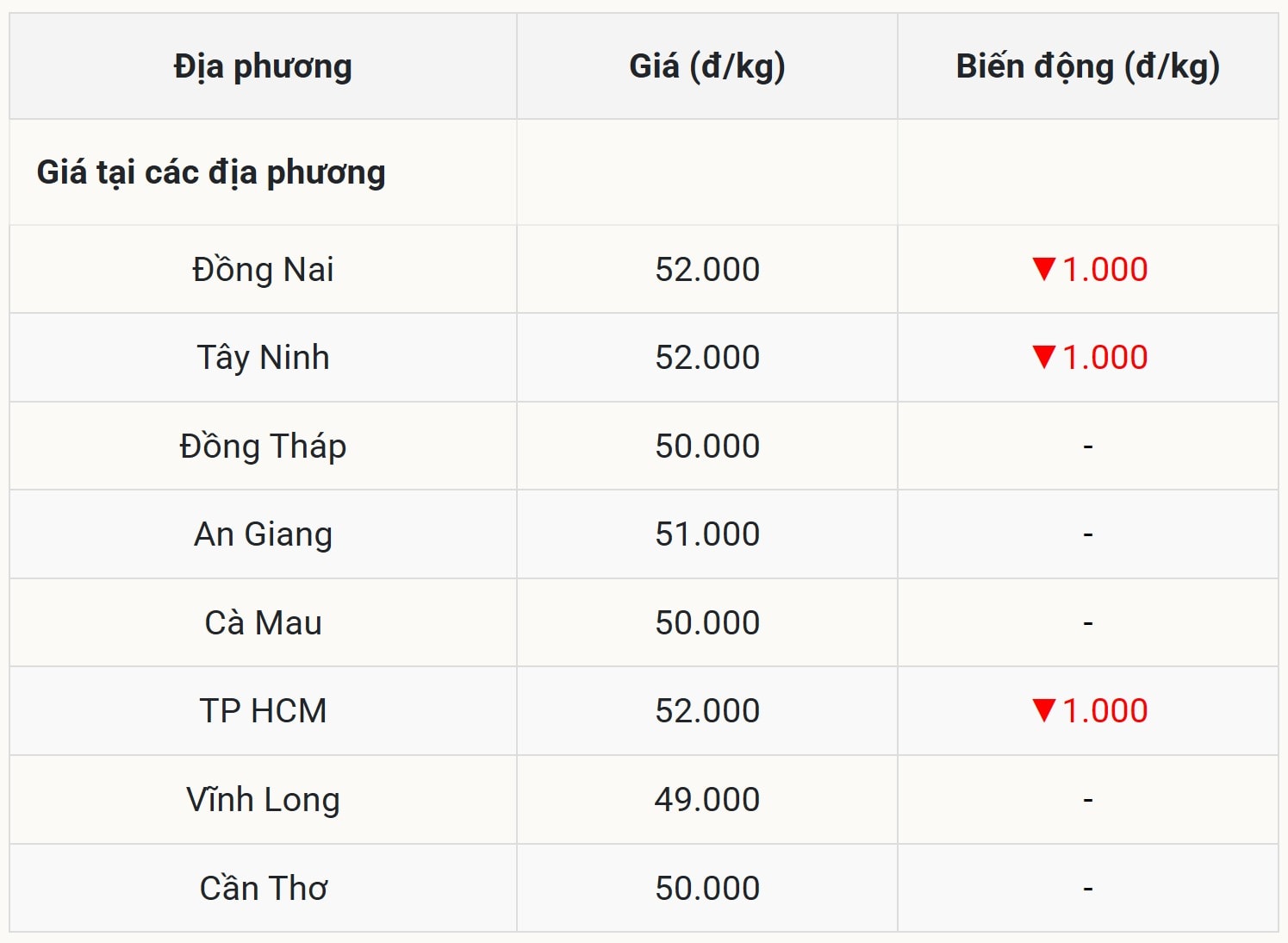
An Giang strengthens measures to prevent epidemics and protect the health of livestock.
According to information from the Agriculture and Environment newspaper, many livestock farmers in An Giang have applied the method of using microorganisms combined with herbs to increase resistance and treat the barn environment, contributing to protecting livestock from increasingly complicated disease situations.
Faced with the unpredictable developments of livestock diseases, livestock farmers in An Giang are turning to biological solutions to replace chemical antibiotics. In localities such as Tan Hiep, Hon Dat, Chau Thanh, Tinh Bien, adding natural ingredients such as garlic, turmeric, ginger, galangal to the diet along with IMO probiotics has become a popular method.
Experts say that garlic contains allicin and turmeric contains curcumin – active ingredients with natural antibacterial properties. When fermented with microorganisms, these active ingredients help increase beneficial intestinal bacteria, inhibit harmful bacteria and stimulate digestion. As a result, livestock have a healthy digestive system, improve resistance, reduce the risk of disease and limit the use of chemical antibiotics.
The application of microbial preparations combined with herbs is carried out right at the households. People grow microorganisms themselves, ferment a mixture of herbs such as garlic, turmeric, ginger, galangal, bear bile leaves... then dilute it for animals to drink or mix it into food. Healthy pigs are given 10 to 20 ml per day, for sick pigs the dose increases to 40 ml, usually seeing recovery within 3 to 5 days. Many households also use this solution to bathe pigs, helping to kill bacteria on the skin, reduce odor and limit the spread of disease.
In addition to animal care, farmers are also advised to spray 5% lime powder combined with herbal microbial products to disinfect barns. For barns that have been infected, spraying should be done 3 to 5 times, combined with high-pressure cleaning to kill pathogens and maintain a clean environment, minimizing toxic gases.
According to the An Giang province agricultural sector, this “green antibiotic” method has many advantages such as being easy to implement, low cost, taking advantage of available raw materials and being suitable for small-scale farming households. More importantly, this is a sustainable approach, helping to reduce the amount of residual antibiotics in food, meeting the increasingly strict standards of domestic and foreign markets.
Source: https://baolamdong.vn/gia-heo-hoi-hom-nay-21-10-mien-bac-dong-loat-len-dinh-54-000-dong-396147.html


![[Photo] Da Nang residents "hunt for photos" of big waves at the mouth of the Han River](https://vphoto.vietnam.vn/thumb/1200x675/vietnam/resource/IMAGE/2025/10/21/1761043632309_ndo_br_11-jpg.webp)


![[Photo] Prime Minister Pham Minh Chinh meets with Speaker of the Hungarian National Assembly Kover Laszlo](https://vphoto.vietnam.vn/thumb/1200x675/vietnam/resource/IMAGE/2025/10/20/1760970413415_dsc-8111-jpg.webp)
![[Photo] Prime Minister Pham Minh Chinh received Mr. Yamamoto Ichita, Governor of Gunma Province (Japan)](https://vphoto.vietnam.vn/thumb/1200x675/vietnam/resource/IMAGE/2025/10/21/1761032833411_dsc-8867-jpg.webp)

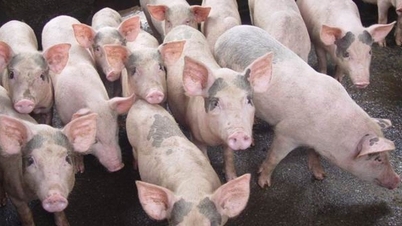


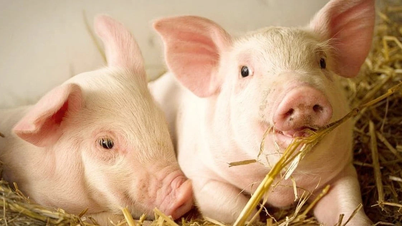


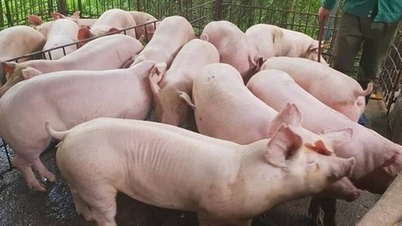
















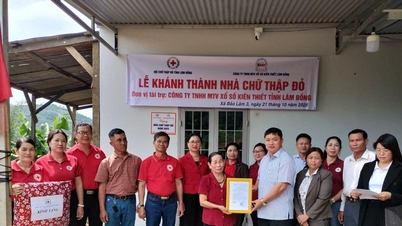

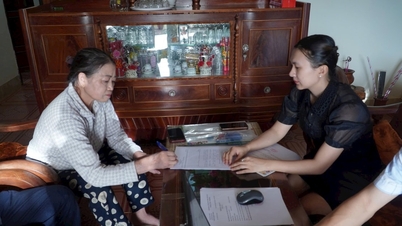
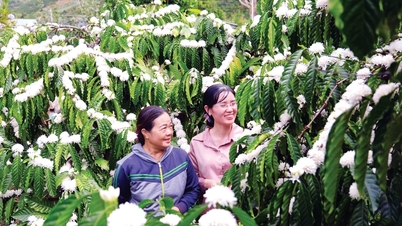
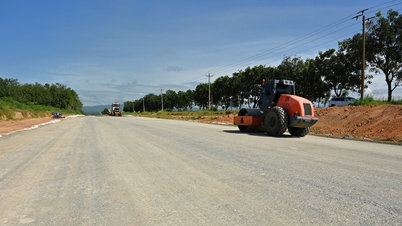












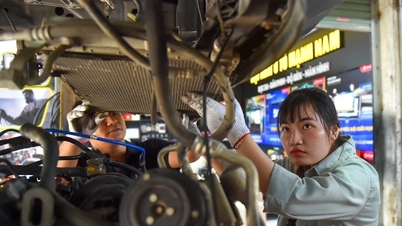

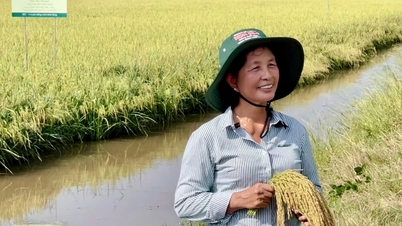




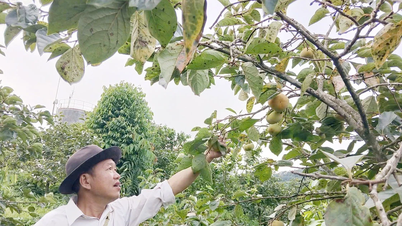




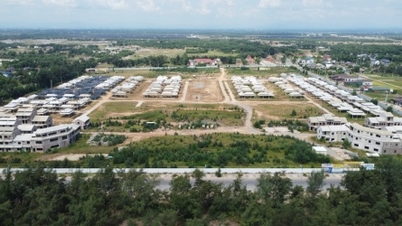





















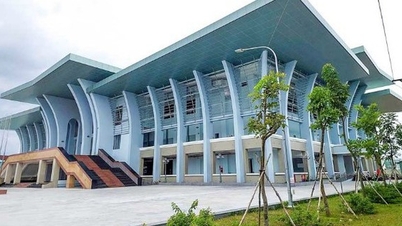


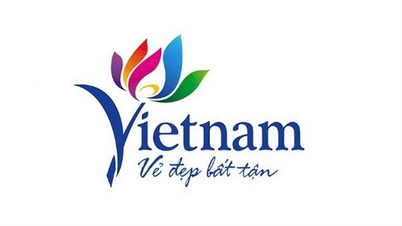




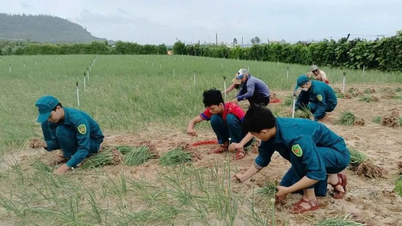

















Comment (0)